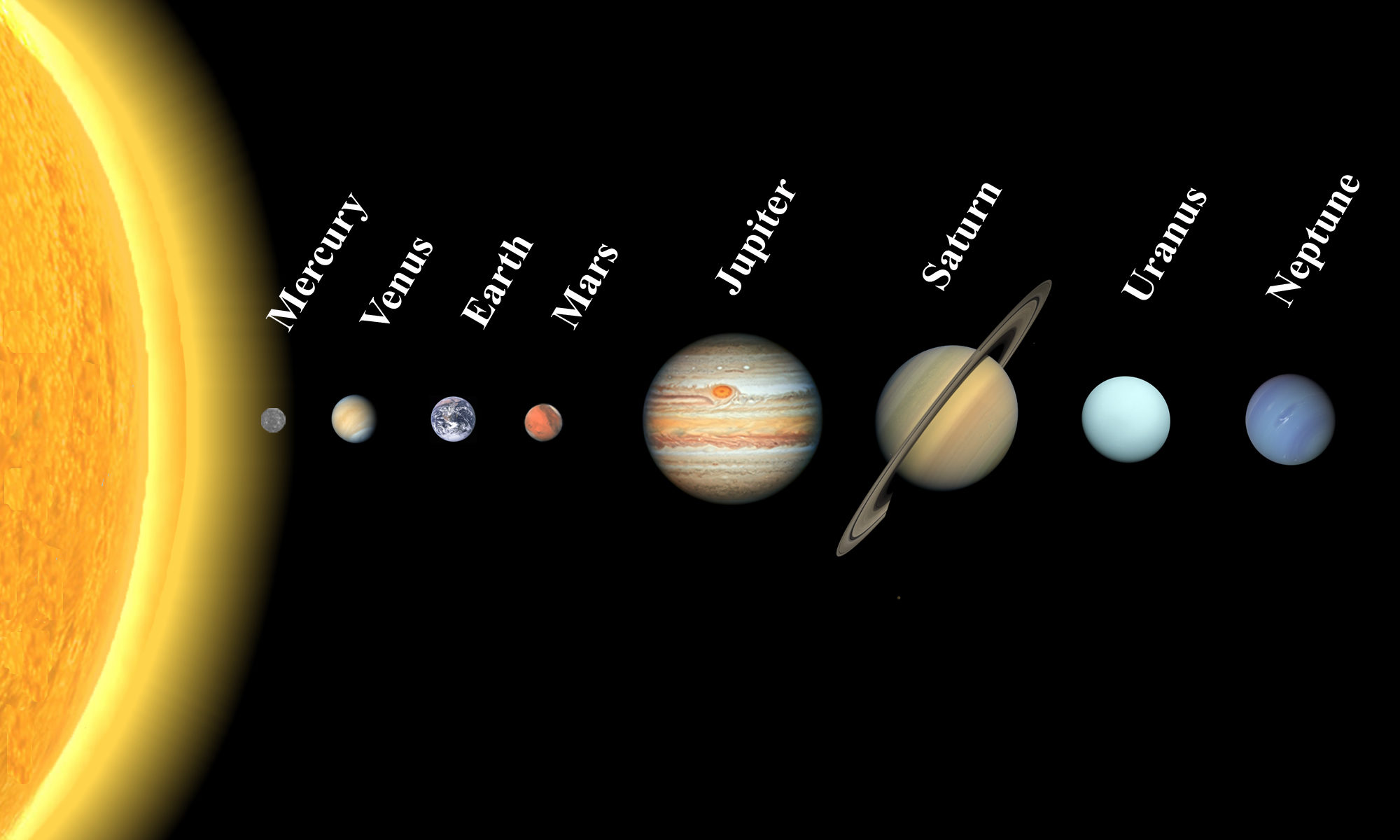How can we see light from 13 billion years ago? It may seem like an impossible question, but with the help of modern technology, it is actually possible! In this article, we will discuss how scientists are able to study …
Author Archives: Lyon
Laser pointers for astronomy
Mercury: Smallest planet in our solar system
A Comprehensive Guide to Neptune: History, Characteristics

Uranus: A Mysterious Planet with a Rich History
Celestron 1.25 Eyepiece and Filter Kit
Facts about Saturn Planet: A Planetary Overview
Jupiter – Largest Planet in the Solar System
The Mystery of Mars: Red Planet in the Solar System
There is something about the red planet that has always captured our imagination. Perhaps it’s the fact that it is the closest planet to Earth or its striking color. Mars has always been a source of fascination for astronomers and …